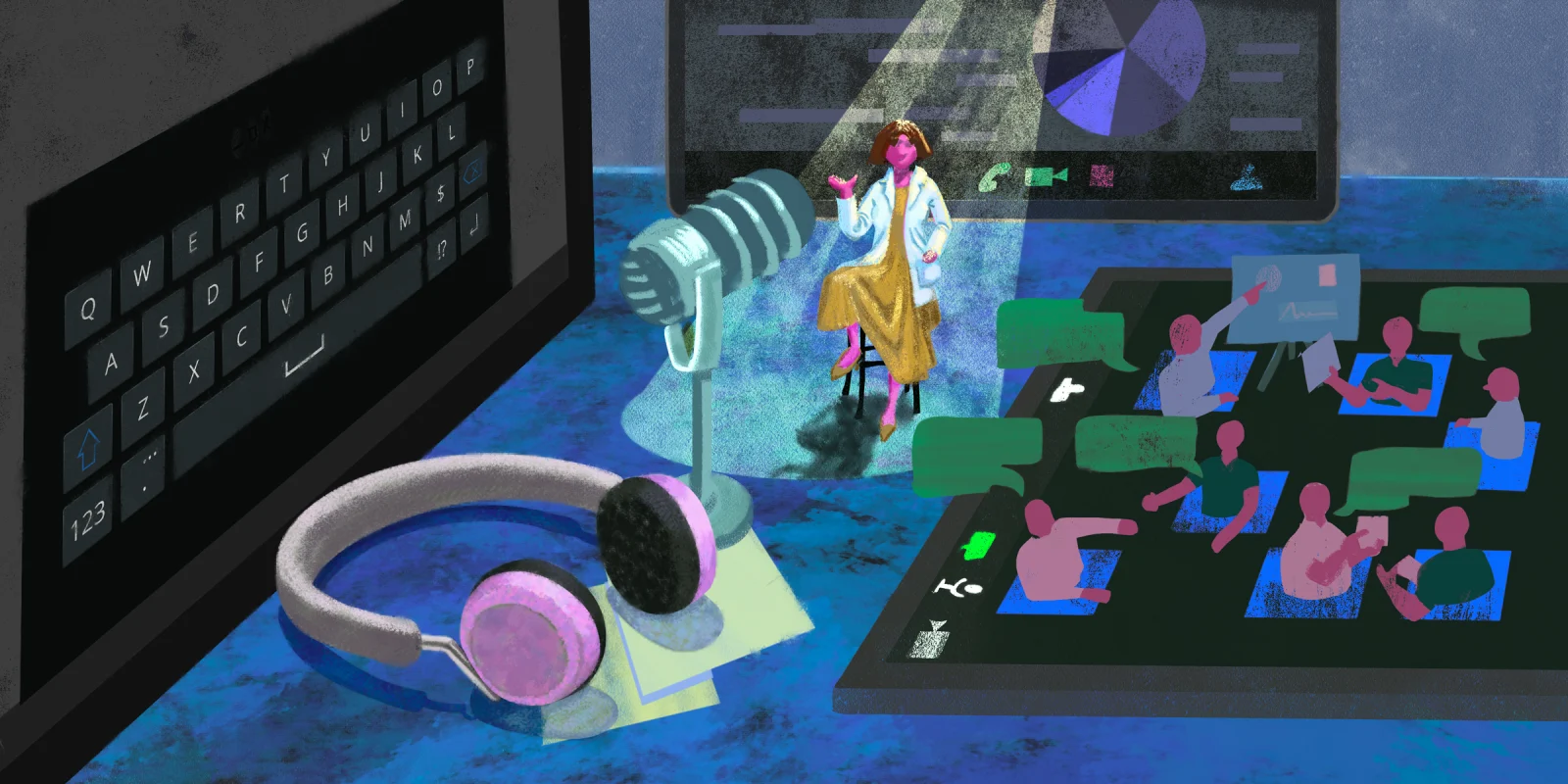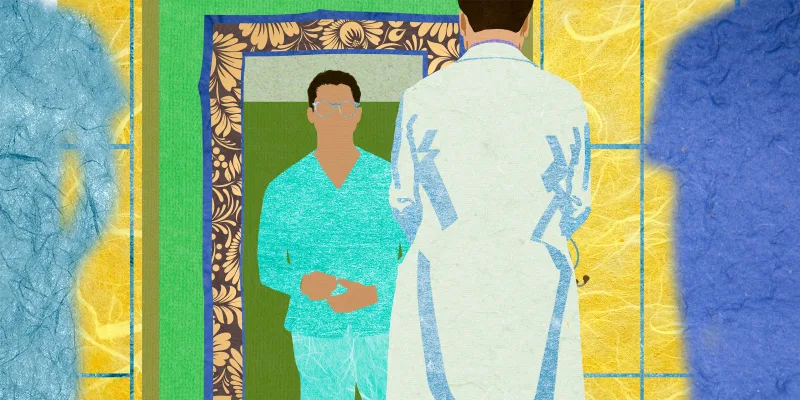The Heart Rhythm Society (HRS) 2021 meeting was our first voyage into a hybrid medical meeting. We both had the opportunity to attend several sessions and network with friends/colleagues. Overall, over four thousand people attended the conference in person in Boston and 1,000+ virtually. There was an active social media presence at the meeting, and highlights were presented on “Heart Rhythm TV” spotlighted impactful sessions. We decided to share the learning points and highlights from an outstanding session that we attended.
The session, “Ablation of Left Ventricular Summit Arrhythmias” with Dr. Samuel Asirvatham of the Mayo Clinic, Dr. Wendy Tzou from the University of Colorado, and Dr. Francis Marchlinski of the University of Pennsylvania, was a hit both in-person and virtually.
The left ventricular (LV) summit is an area of complex anatomy that is frequently the source of ventricular arrhythmias and can also be a source of frustration for the electrophysiologist (EP). It is a region of the LV epicardial surface bounded by the left anterior descending coronary artery and left circumflex coronary artery that lies superior to the aortic portion of the LV ostium. The great cardiac vein (GCV) divides this region between an inferior area accessible to ablation and a superior and more medial area, which is inaccessible to catheter ablation because of close proximity to the major coronary vessels.
Dr. Asirvatham presented a comprehensive overview of the anatomy of the LV summit as well as mentioned the origin of one of the rules that are utilized in the EP laboratory. He highlighted that the 5 mm guidance for the minimum distance from the coronary artery for safer ablation is derived from animal studies in canine and porcine models. Ultimately, if ablation is to be considered in close proximity to the coronary arteries, safety is of paramount importance, and it may be worth considering further medical therapy options or awaiting future ablation technologies (i.e. electroporation/pulse-field) before risking collateral damage.
Innovative approaches to ablation were discussed by Dr. Tzou. There are numerous potential options, but some are problematic in the LV summit region. Innovative ablation options that may be particularly helpful for intramural septal arrhythmias include prolonged radiofrequency, simultaneous unipolar ablation, bipolar ablation, needle catheter ablation, and alcohol coronary venous or arterial ablation.
Electrocardiographic (ECG) criteria were also discussed by the presenters. Dr. Marchlinski discussed his approach to “Previously Failed” ablation of LV summit arrhythmias. The ventricular arrhythmia ECG often guides the initial approach (Initial question: Is it truly an LV summit ventricular arrhythmia?). He also emphasized the importance of detailed MAPPING of the coronary venous system, particularly the septal perforating veins. Specialized catheters or mapping wires can be utilized to assess the signals in these veins. A subxiphoid epicardial approach is rarely helpful in this region due to the overlying adipose tissue.
The question and answer session included questions submitted in person as well as online via the virtual attendee software. This portion was pragmatic and thought-provoking. One insightful question focused on whether or not it is necessary to map all adjacent structures before ablating or if there is a finding that suggests one site is sufficient to proceed with ablation. The speakers emphasized incorporating all the available information (ECG criteria, initial activation mapping, and pace-mapping findings) to determining an ideal approach. One clue to the need to map adjacent areas is that if the activation is only 10-15 ms pre-systolic at an initial early site, this is likely insufficient, particularly if in an area of disease or an otherwise diseased heart. Low-output pace mapping can also be a helpful clue to help determine the proximity to the site of origin. If the pace map is not close to a 12/12 ECG lead match, it is probably worth mapping adjacent sites and see if there is a better site to consider for ablation.
This session at HRS 2021 is emblematic of high-quality education that can be delivered in the hybrid in-person and virtual attendee format we will likely see for medical education for the foreseeable future. Kudos to the HRS 2021 planning committee for pulling off an innovative and educational meeting!
Dr. Shrestha reports no conflicts of interest. Dr. Sheldon has taken consulting fees from Biosense Webster Advisory Board and honoraria from Boston Scientific/Medtronic/Abbott.
Illustration by Jennifer Bogartz






